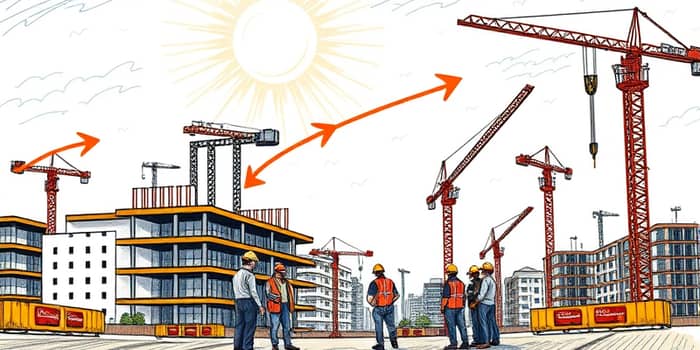
Securing the right financing can transform a vision into reality. For developers and builders, aligning funding flow with progress is crucial. Multi-draw loans offer a dynamic approach, disbursing capital as milestones are completed, rather than all at once. This strategy reduces financial risk significantly and keeps projects on schedule.
Whether you are overseeing a small residential build or a large commercial development, understanding the nuances of multi-draw loans can empower you to manage cash flow, maintain accountability, and navigate complex financing terms with confidence.
At their core, multi-draw loans are specialized construction loans tied to a draw schedule. Instead of receiving a lump sum, borrowers request funds at predetermined stages. Lenders release capital only after verifying that specified work has been completed.
This approach benefits both parties. Borrowers avoid paying interest on the full amount immediately, while lenders retain oversight, minimizing risk of project abandonment or fund misuse. The draw schedule becomes a roadmap, detailing when and how much money becomes available.
Navigating a multi-draw loan involves careful preparation. Each phase requires documentation and coordination among stakeholders. Below is an overview of the process:
Each step demands meticulous attention to detail. A well-structured draw schedule and transparent communication keep all parties aligned and accelerate approvals.
Effective multi-draw loan management hinges on teamwork. The primary participants include:
Frequent check-ins, clear documentation, and prompt responses foster trust and accountability among all stakeholders. Early collaboration sets realistic expectations and avoids costly disputes down the line.
When executed properly, multi-draw loans deliver several advantages:
These benefits translate into smoother project execution and stronger lender-borrower relationships.
Despite its advantages, multi-draw financing can present obstacles. Recognizing potential pitfalls helps you prepare effectively.
Documentation overload: Detailed paperwork for each draw can slow processes. To streamline, maintain well-organized records and digital backups of invoices, receipts, and lien waivers.
Inspection delays: Scheduling conflicts or incomplete work can stall fund releases. Coordinate inspections in advance and communicate any project changes promptly.
Unclear contractual terms: Misunderstandings over draw conditions may jeopardize funding. Engage legal and financial advisors early to review loan agreements thoroughly.
Interest reserve mismanagement: Construction loans often include reserves for interest payments. Monitor these reserves carefully to avoid unexpected shortfalls during buildup.
Adhering to proven strategies can expedite approvals and keep projects on track. Consider the following:
By embedding these practices into your workflow, you establish a foundation of trust and efficiency across the board.
Ultimately, multi-draw loans represent a powerful financing tool when managed with foresight and discipline. They align capital with progress, foster accountability, and empower developers to bring ambitious constructions to life. By mastering each phase—from pre-approval to final conversion—you position your project for financial stability and long-term success.
With thorough preparation, clear communication, and diligent oversight, you can harness the full potential of multi-draw financing. Your next construction endeavor benefits not only from the structures you build but also the solid financial framework that supports them every step of the way.
References













